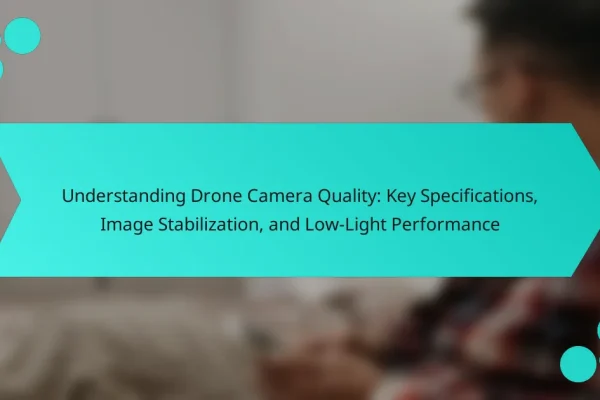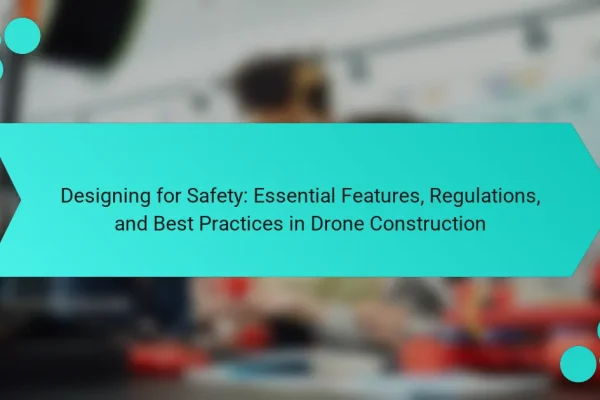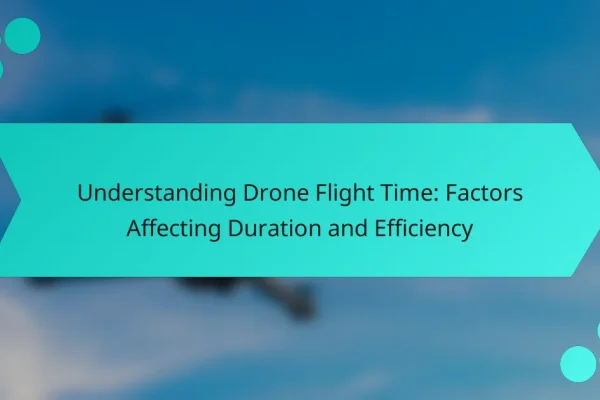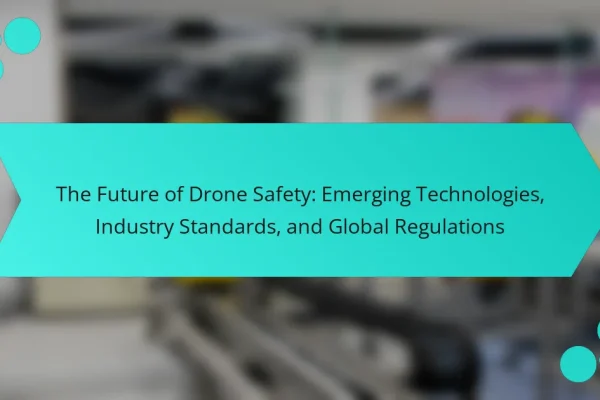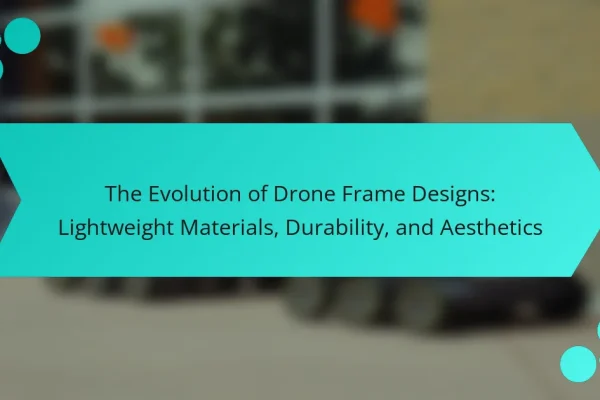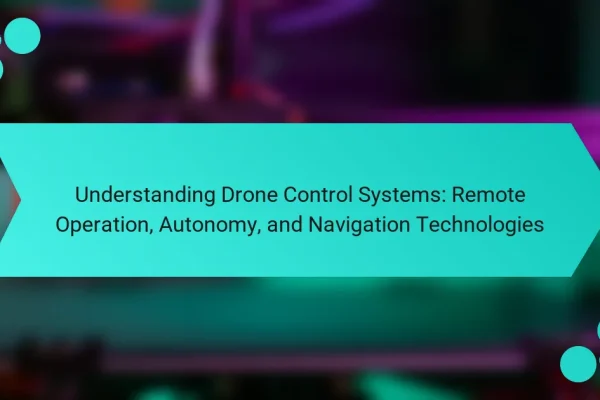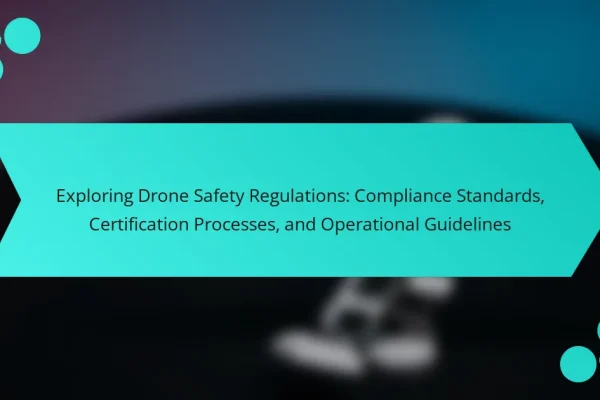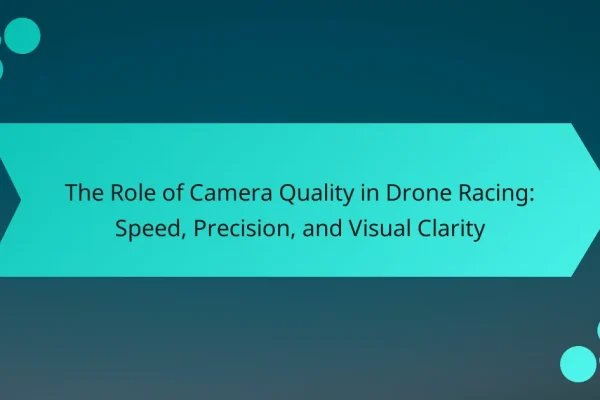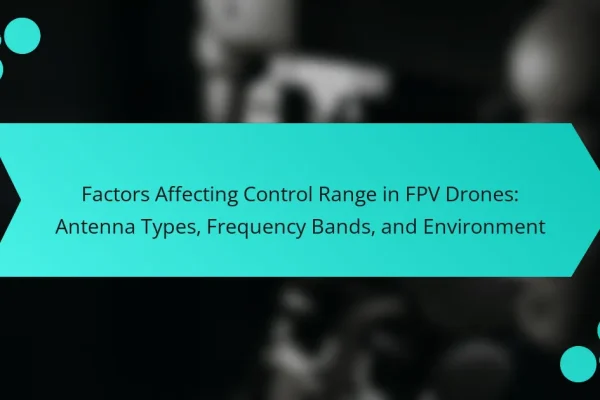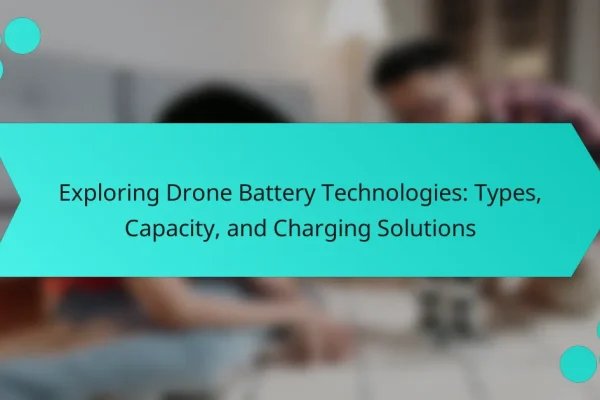
Exploring Drone Battery Technologies: Types, Capacity, and Charging Solutions
What are Drone Battery Technologies? Drone battery technologies refer to the various types of batteries used to power drones. These technologies include lithium-ion, lithium-polymer, and nickel-metal hydride batteries. Lithium-ion batteries are the most common due to their high energy density and lightweight properties. They typically offer a capacity range from 1000 mAh to over 5000…
